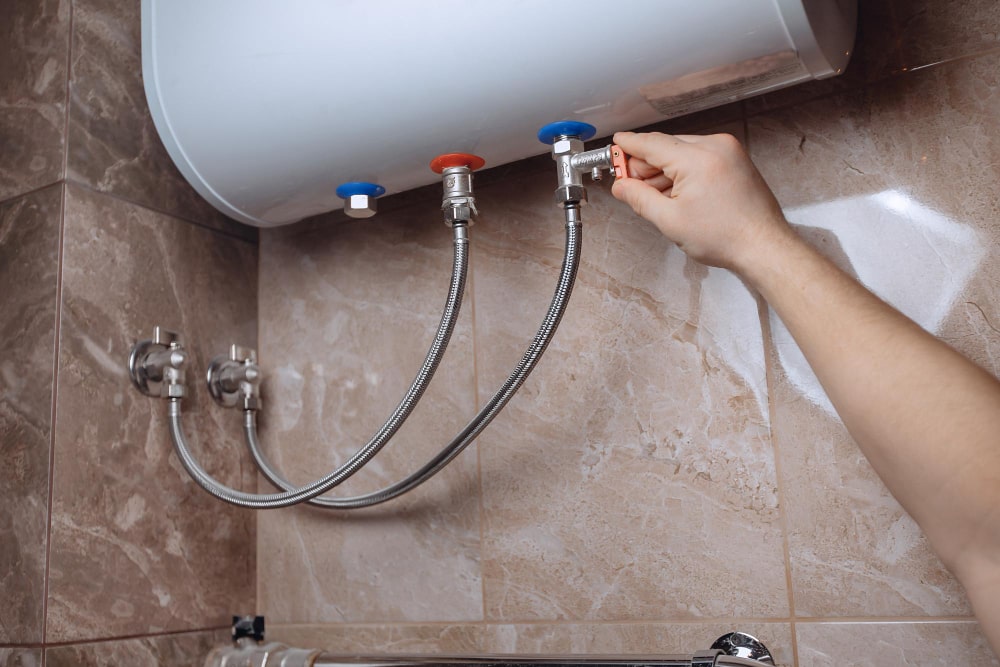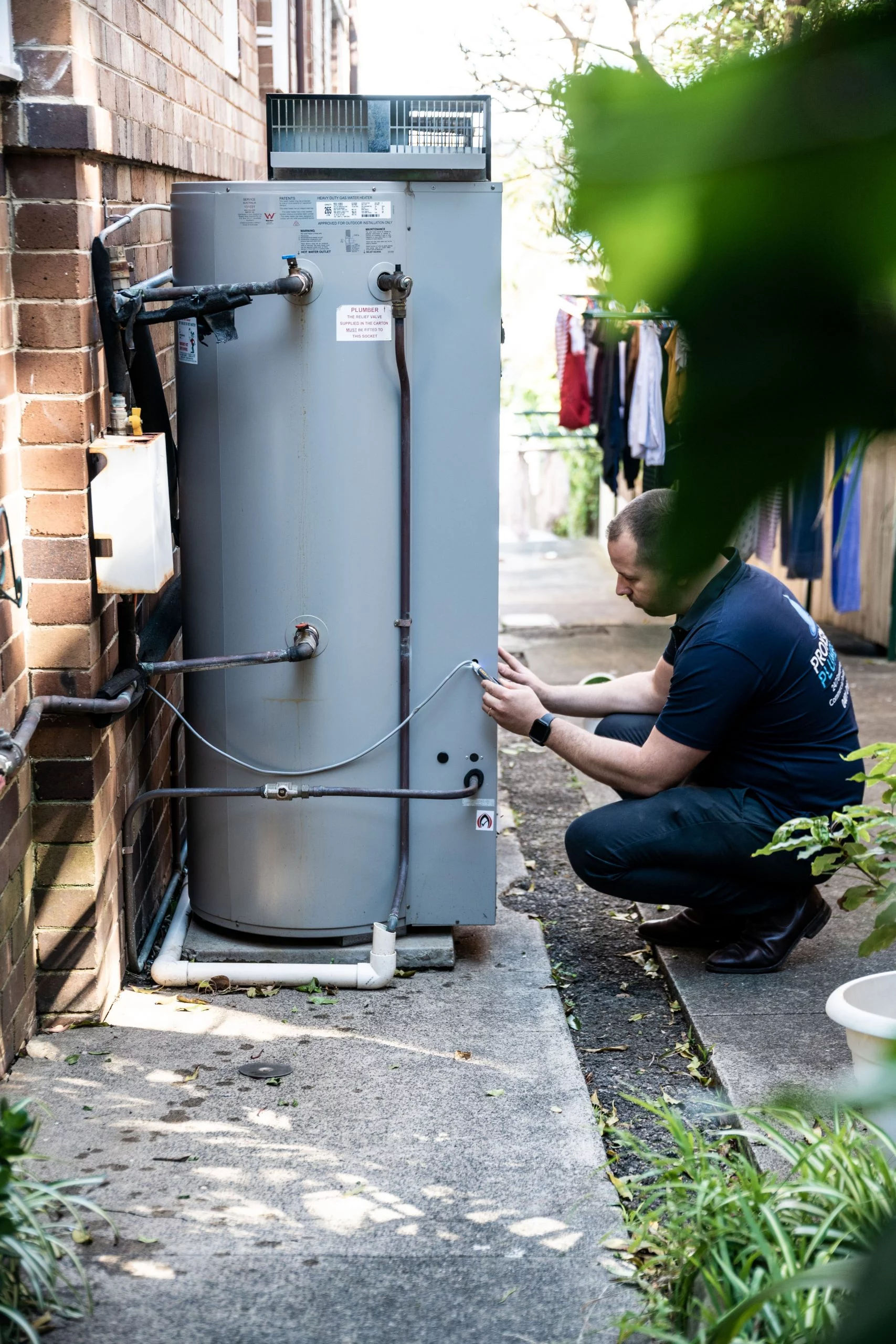Best Ways to Care for Your Home's Hot Water System EffectivelyWays to Effectively Maintain Your Home's Hot Water System
Best Ways to Care for Your Home's Hot Water System EffectivelyWays to Effectively Maintain Your Home's Hot Water System
Blog Article
On this page in the next paragraphs you will find a lot of excellent data in regards to Tips For Maintaining Your Hot Water Heater.

Warm water is essential for daily convenience, whether it's for a revitalizing shower or cleaning meals. To guarantee your hot water system runs efficiently and lasts longer, normal upkeep is essential. This short article provides sensible pointers and understandings on exactly how to maintain your home's warm water system to stay clear of disturbances and pricey repair services.
Intro
Preserving your home's hot water system might appear complicated, however with a couple of basic steps, you can guarantee it runs smoothly for years to come. This overview covers whatever from understanding your warm water system to DIY maintenance pointers and recognizing when to employ expert help.
Importance of Preserving Your Hot Water System
Normal maintenance not just extends the life-span of your hot water system however also guarantees it runs effectively. Ignoring maintenance can cause reduced efficiency, greater energy costs, and even premature failure of the system.
Signs Your Warm Water System Needs Upkeep
Understanding when your warm water system needs focus can stop significant problems. Look out for indications such as inconsistent water temperature level, strange noises from the heating system, or corroded water.
Comprehending Your Hot Water System
Prior to diving into upkeep tasks, it's handy to comprehend the basic parts of your warm water system. Normally, this includes the hot water heater itself, pipes, anode poles, and temperature controls.
Month-to-month Upkeep Tasks
Routine monthly checks can help capture minor concerns before they intensify.
Purging the Water Heater
Purging your water heater gets rid of sediment build-up, boosting effectiveness and lengthening its life.
Checking and Changing Anode Rods
Anode poles avoid deterioration inside the tank. Checking and replacing them when worn is critical.
Examining and Readjusting Temperature Settings
Changing the temperature level settings guarantees ideal efficiency and safety.
DIY Tips for Upkeep
You can do numerous maintenance tasks yourself to keep your warm water system in leading condition.
Checking for Leaks
On a regular basis evaluate pipes and connections for leakages, as these can bring about water damage and higher expenses.
Checking Stress Relief Valves
Testing the pressure relief valve guarantees it operates correctly and avoids extreme stress accumulation.
Shielding Pipes
Insulating hot water pipes decreases warm loss and can conserve power.
When to Call a Professional
While DIY maintenance is helpful, some concerns call for professional knowledge.
Complex Problems Needing Expert Aid
Instances consist of significant leakages, electric troubles, or if your water heater is consistently underperforming.
Routine Professional Maintenance Benefits
Professional maintenance can include thorough examinations, tune-ups, and making certain compliance with safety requirements.
Verdict
Normal maintenance of your home's hot water system is vital for effectiveness, durability, and cost financial savings. By adhering to these pointers and understanding when to seek professional help, you can ensure a reliable supply of hot water without unanticipated interruptions.
How to Maintain an Instant Hot Water Heater
Before tinkering with your hot water heater, make sure that it’s not powered on. You also have to turn off the main circuit breaker and shut off the main gas line to prevent accidents. Also turn off the water valves connected to your unit to prevent water from flowing into and out of the appliance. 2. When you’re done, you have to detach the purge valves’ caps. These look like the letter “T” and are situated on either side of the water valves. Doing so will release any pressure that has accumulated inside the valves while at the same time avoid hot water from shooting out and burning your skin. 3. When the purge valves’ caps are removed, you have to connect your hosing lines to the valves. Your unit should have come with three hoses but if it didn’t, you can purchase these things from any hardware or home repair shops. You can also get them from retail stores that sell water heating systems. Read the user’s manual and follow it to complete this task properly. When the hosing lines are connected, open the purge port’s valves. 4. You should never use harsh chemical cleaners or solutions when cleaning your unit. Make use of white vinegar instead. It should be undiluted and you’ll probably use about 2 gallons. 5. Now flush your water heater. This task should probably take about 40 minutes. We can’t give you specific directions for this because the procedure is carried out depending on the type, model and brand of your heater. With that being said, refer to the user’s manual. 6. When you’re done draining the unit, you have to turn off the purge port valves again. Remove the hosing lines that you earlier installed on each of the water valves. Put the valve caps (purge port) back in their respective places and be very careful so as not to damage the rubber discs that are found inside these caps. 7. Now that everything’s back in place, check your user’s manual again to find out how to reactivate your water heating system. 8. Once it is working, turn one of your hot water faucets on just to let air pass through the heater’s water supply pipes. Leave the tap on until water flows smoothly out of it. https://www.orrplumbing.com/blog/2014/september/how-to-maintain-an-instant-hot-water-heater/

Hopefully you liked our section on Tips For Maintaining Your Hot Water Heater. Thanks for spending some time to read through our article. Sharing is good. Helping people is fun. I love your readership.
Call Today Report this page